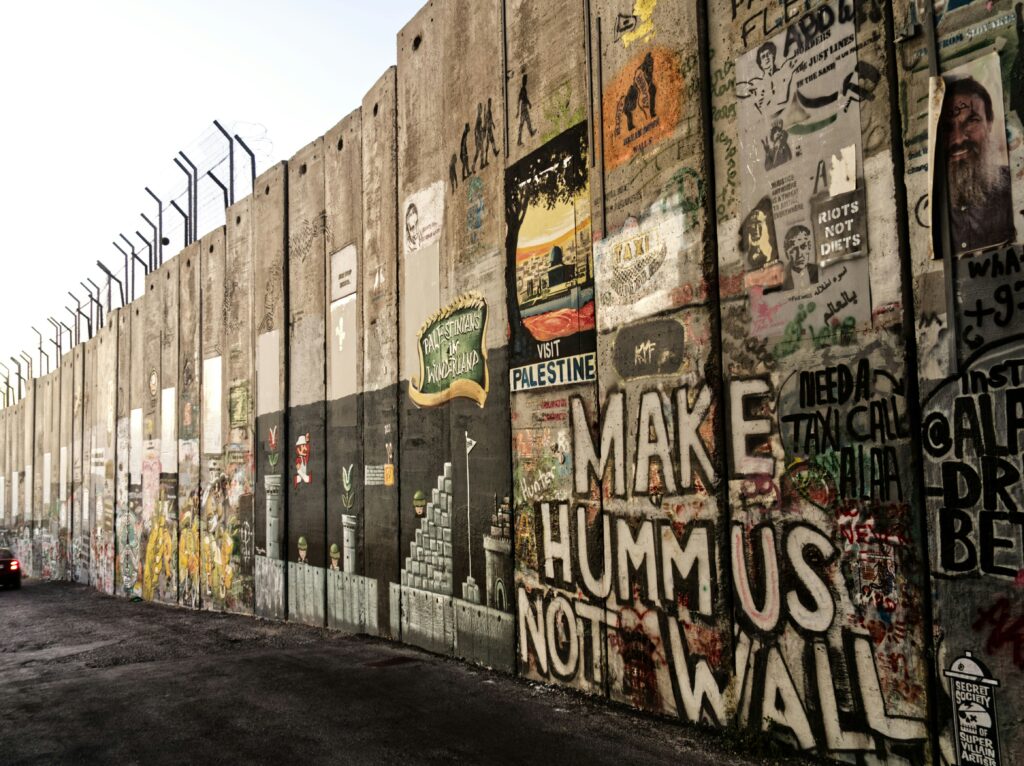
Killing of Journalists in Gaza Sparks Global Outrage After Israeli Strike
The world is reeling after the killing of journalists in Gaza in yet another deadly attack on members of the press. Al Jazeera correspondent Hani Mahmoud has provided a chilling first-hand account of the incident, which claimed the lives of five of his colleagues, including the renowned journalist Anas al-Sharif. The attack targeted a clearly marked journalists’ tent in Gaza City, once again placing the spotlight on the immense risks reporters face in war zones.
Details of the Attack
Speaking via phone to Al Jazeera, Hani Mahmoud recounted the harrowing events that unfolded near Gaza City’s al-Shifa Hospital. A press tent — prominently labeled with “PRESS” markings — was set up to cover the worsening humanitarian crisis in Gaza. Journalists were preparing live reports when the Israeli strike hit without warning.
The killing of journalists in Gaza in this incident included experienced correspondents, cameramen, and field producers, all of whom had committed their lives to telling the stories of civilians caught in the crossfire. Among them was Anas al-Sharif, widely respected for his bravery in reporting under siege and his unwavering dedication to truth.
Significance and Broader Impact
This tragedy is not an isolated case but part of a disturbing trend in the killing of journalists in Gaza since the escalation of the conflict. Human rights organizations and press freedom advocates have raised alarms about what appears to be an increasingly hostile environment for media workers.
Without journalists risking their lives to provide accurate, ground-level accounts, the world loses an essential window into the human suffering and realities of war. In Gaza, where communications and access are already severely restricted, such attacks further diminish the flow of information to the global public.
The Role of Anas al-Sharif and His Colleagues
Anas al-Sharif had become a symbol of resilience in Palestinian journalism. Known for his in-depth coverage, often under bombardment, he represented a generation of journalists who refuse to abandon their duty despite the mortal danger. His colleagues, who also perished in this attack, were equally committed to ensuring the truth from Gaza reached the world — no matter the cost.
The killing of journalists in Gaza is not just the loss of individual lives but the silencing of vital voices in the global conversation on human rights, war crimes, and humanitarian suffering.
Global Condemnation and Calls for Accountability
The international reaction to this latest killing of journalists in Gaza has been swift and forceful. Organizations such as the Committee to Protect Journalists (CPJ) and Reporters Without Borders (RSF) have condemned the strike, calling for independent investigations into the circumstances of the attack.
United Nations officials have stressed that journalists are protected under international humanitarian law, and deliberate targeting of media personnel could amount to a war crime. Governments, press unions, and human rights advocates worldwide are urging Israel to adhere to the Geneva Conventions and ensure the safety of reporters in conflict zones.
Humanitarian and Legal Ramifications
From a humanitarian perspective, the targeting of a clearly marked press tent raises serious questions about the intent behind the strike. International law recognizes journalists as civilians during armed conflicts, and their killing undermines the principles of neutrality and the free flow of information.
The killing of journalists in Gaza also fuels mistrust and further polarizes global opinion, making conflict resolution and humanitarian intervention even more challenging.
A Pattern of Danger for Journalists
Since the beginning of the recent Gaza escalation, local media organizations report that dozens of journalists have been killed, injured, or gone missing. This alarming statistic highlights the deteriorating safety conditions for media personnel and raises fears of an intentional campaign to stifle independent reporting from Gaza.
Every death in the killing of journalists in Gaza erodes the ability of the international community to receive reliable, uncensored information from the front lines.
Closure and Reflection
As Hani Mahmoud’s emotional account illustrates, the loss of Anas al-Sharif and his colleagues is more than a personal tragedy — it is a devastating blow to press freedom worldwide. Journalists willingly step into danger to ensure that the stories of conflict, injustice, and resilience are heard. Their work serves as a lifeline between those living in crisis and the rest of the world.
The killing of journalists in Gaza must serve as a rallying cry for the global community to uphold protections for the press, demand accountability, and safeguard the principles of truth and transparency that define a free society.